Considerable development potential for Mediterranean mussels
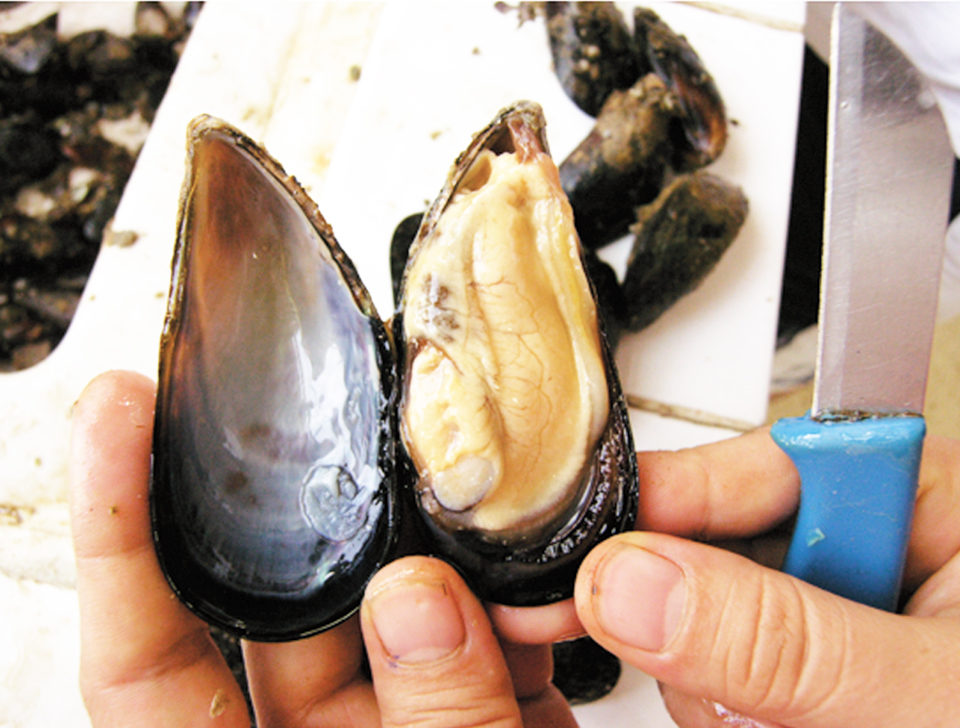
Turkey has a coastline of 8,333 km and is surrounded by the Black Sea on the north, the Mediterranean on the south and the Aegean Sea on the west. In the northwest lies an important inland sea, the Sea of Marmara, between the straits of the Dardanelles and the Bosphorus, important waterways that connect the Black Sea with the rest of the world.
Large quantities of mollusks are grown in Turkish waters, but the extensive coastline is not yet effectively used for bivalve mollusk culture. People who live near the sea eat only a few species, and much production is exported abroad.
Production
Shellfish production is largely based on natural stock collection. The most important species are clams such as Venus (Chamelea) gallina and Ruditapes decussatus, which are collected from intertidal areas, and Rapana species veined whelk. Total bivalve production (wild and farmed) has been somewhat unstable since the mid-1990s (Table 1).
Lok, Total shellfish fishery production, Table 1
Year | Bivalves Oysters | Bivalves Mussels | Bivalves Clams | Bivalves Scallops | Gastropods Veined Whelk | Total Bivalve | Total Shellfish |
|---|
Year | Bivalves Oysters | Bivalves Mussels | Bivalves Clams | Bivalves Scallops | Gastropods Veined Whelk | Total Bivalve | Total Shellfish |
|---|---|---|---|---|---|---|---|
| 1995 | 1,836 | 6,042 | 11,864 | 23 | 1,198 | 19,765 | 20,963 |
| 1996 | 1,140 | 3,500 | 10,925 | 52 | 2,447 | 15,617 | 18,064 |
| 1997 | 1,495 | 6,450 | 7,150 | 95 | 2,020 | 15,190 | 17,210 |
| 1998 | 1,050 | 3,880 | 3,550 | 50 | 4,000 | 8,530 | 8,530 |
| 1999 | 840 | 1,800 | 3,585 | 68 | 3,638 | 6,293 | 9,931 |
| 2,000 | 150 | 1,200 | 10,000 | 570 | 2,150 | 11,920 | 14,070 |
| 2001 | 10 | 1,500 | 7,500 | 150 | 2,650 | 9,160 | 11,810 |
| 2002 | 70 | 5,000 | 10,000 | 470 | 6,241 | 15,450 | 21,780 |
| 2003 | 120 | 8,915 | 19,700 | 1,300 | 5,500 | 30,035 | 35,535 |
| 2004 | 130 | 5,734 | 16,899 | 1,576 | 14,034 | 24,339 | 38,373 |
| 2005 | 105 | 12,362 | 10,847 | 259 | 12,600 | 23,573 | 36,173 |
| 2006 | 31 | 9,234 | 49,610 | 30 | 11,613 | 58,905 | 70,518 |
| 2007 | 31 | 27 | 48,622 | – | 13,791 | 48,680 | 62,471 |
The latest statistics on shellfish production revealed a total shellfish production of 63,570 metric tons (MT) in 2007. Of the total 2007 harvest of 66,706 MT of mollusks (including the cephalopods octopus, squid and cuttlefish), about 70.0 percent was striped Venus clams. Cephalopod production made up only 4.1 percent of the total mollusk fisheries in 2007.
The principal species collected along Turkish coasts on a regular basis are the bivalve striped clam, V. gallina; Mediterranean mussel, Mytilus galloprovincialis; European flat oyster, Ostrea edulis; carpet shell clam, Ruditapes decussates; Manila clam, Ruditapes philippinarum; and truncate donax, Donax trunculus. Veined whelk, Rapana venosa, is the main gastropod species.
Although there have been several scientific studies on bivalve culture in the Aegean Sea, Marmara Sea and Black Sea, commercial activities are developing slowly. Only two bivalve farms are presently operating in Turkey. They use natural waters and culture only the Mediterranean mussel.
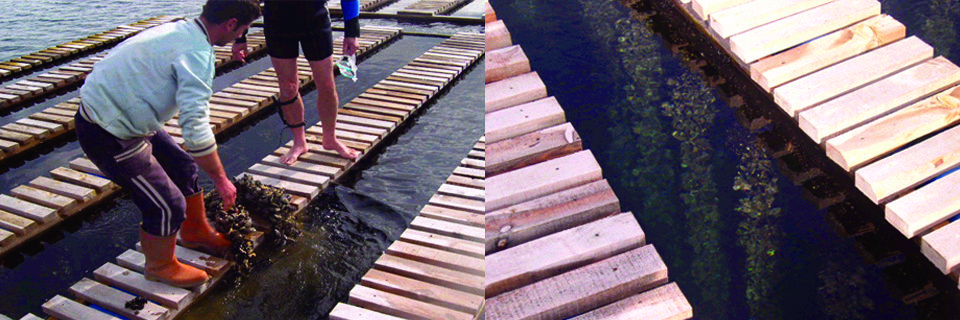
Mussel culture
Shellfish farming in Turkey began in the early 1990s with Mediterranean mussel production at a farm in the Dardanelles region on the Marmara Sea. This raft culture operation used two 20- x 20-m and 12- x 12-m rafts with 1,000 and 250 12-meter ropes, respectively. The farmers collected the mussel spat from adjacent waters. Unfortunately, this farm was active for only a few years.
A second farm established in the Ayvalık region of the Aegean Sea 1996-1998 used the “bouchot” bag netting culture technique. The farmers used 4- to 5-cm mussels under market size for three to five months of grow-out to a market size of 7 cm. After this farm closed, no farm since has used the bouchot technique in the country. This farm’s bivalve depuration units are still operating, however.
A farm that started mussel production using raft and long line culture systems in Mersin Bay in 2000 is still active, with a production capacity of 1,000 MT/year. The farm has 42, 6- x 6-meter rafts with 150 ropes on each raft.
The relatively simple long line culture system consists of a series of buoyed horizontal lines from which an extensive series of vertical substrates are hung. The horizontal lines are approximately 200 meters long, with 30-liter air-filled plastic drums attached at intervals for flotation. Each horizontal line is securely anchored at each end using suitable anchoring systems. The distance between horizontal lines is generally about 3 meters.
The vertical substrates are spaced at intervals of approximately 50 cm along the horizontal lines. The length of the verticals is standardized at 4 to 5 meters. Twelve vertical substrates are generally hung between each of the flotation drums.
The most recent farm was established in the Marmara Sea for culture of mussels and oysters using long line systems.
Natural spat
In the existing pilot culture operations, all mussel spat is collected naturally directly on the long line systems. The peak period for larval settlement for this area is late fall and early winter. Water depths in the region of these basins are generally less than 20 meters.
Mussels with ripe gonads can be found throughout the year, but the major spawning seasons occur in early spring and late autumn in the Aegean Sea. Mussel attachment is typically 5,000 to 10,000 spat per meter, but in some years exceeds 30,000 spat per meter. Spat of 10-mm length reach 50 to 55 mm in the Mersin Bay and Aegean Sea.
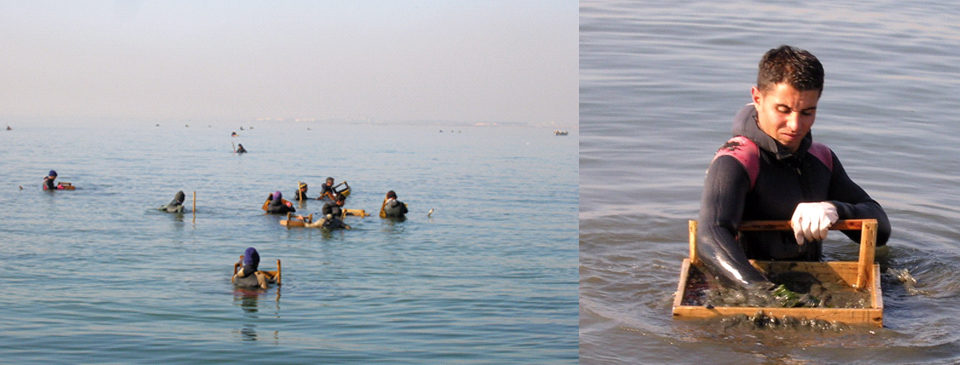
Clam culture
Wild-collected R. decussates clams under 22 mm can be extensively cultured to market size in six to eight months. This activity is typical in lagoon areas in Izmir on the Aegean Sea and Çanakkale on the Dardanelles. Culture sites are shallow waters or lagoon areas with appropriate bottoms for clam growth. They do not receive any special preparation before juvenile clams are ”planted” and allowed to grow. When ready, they are harvested using shovels.
Sanitation
Turkish sea waters reportedly have no serious levels of pollution, and no significant sickness from shellfish poisoning has been recorded in the country. But sanitation and quality control programs are necessary due to the feeding mode of these organisms. Bivalves are filter feeders that can concentrate and accumulate undesirable compounds.
Naturally harvested bivalve species sometimes need to be processed by depuration. Turkey currently has 10 depuration plants. They mainly use filtered and ultraviolet-sterilized seawater for one or two days of depuration. Some plants simply use clean seawater.
Marketing, prices
Except for striped Venus clams, which are canned or frozen, almost all bivalve species produced are exported live or fresh to Italy, Spain, France and Greece. Frozen rapa whelk meat is exported to Asia, including Japan and Taiwan.
Locally, most shellfish products are consumed cooked at coastal and tourist areas. Unlike finfish, mollusks have generally not gained wide popularity among people in Turkey, which forces mussel producers to export their products. Mussels are typically consumed as fried or cooked with rice.
Bivalve prices are relatively low, determined by free market demand and not regulated by the government. There is considerable fluctuation in prices due to exports, local supply and seasonal availability fluctuations. Table 2 shows the average prices of some species.
Lok, Average prices of locally produced shellfish, Table 1
| Species | Prices (U.S. $) |
|---|
Species | Prices (U.S. $) |
|---|---|
| Carpet clams | $5.00/kg |
| Manila clams | $2.00/kg |
| Mussels | $5.00/10-kg bag |
| Truncate donax | $2.00/kg |
| Smooth scallops | $2.50/kg |
| Mediterranean scallops | $1.00/4 scallops |
| Rapa whelk | $1.00/kg |
| Striped Venus clams | $1.00/4 kg |
Development needed
Since it is recognized that the mollusk industry in Turkey has considerable development potential, there should be more collective research and investment for the shellfish species in commercial aquaculture. The Turkish government is trying to promote sea farming and has recommended the following:
- The introduction and adaptation of culture technologies from countries with more-established culture traditions.
- Increases in research on export markets to enhance valuable foreign exchange and encourage entrepreneurs.
- Increased local consumption through more promotion and marketing.
- Production of high-quality shellfish backed by sampling and monitoring of pollutants and suitable site locations.
- Setting up research programs to monitor and interpret growth, mortality and condition data for mollusks.
- Reorganization of the statistical data collection on bivalve fisheries and culture in Turkey. The author believes that actual shellfish production is higher than stated in available statistical information.
For Turkey’s mollusk culture industry to expand, culture areas must expand, and natural stocks must be protected to ensure a reliable supply of seed. In addition, artificial propagation techniques, as well as water pollution control measurements are two major topics which are receiving considerable attention.
(Editor’s Note: This article was originally published in the March/April 2009 print edition of the Global Aquaculture Advocate.)
Now that you've reached the end of the article ...
… please consider supporting GSA’s mission to advance responsible seafood practices through education, advocacy and third-party assurances. The Advocate aims to document the evolution of responsible seafood practices and share the expansive knowledge of our vast network of contributors.
By becoming a Global Seafood Alliance member, you’re ensuring that all of the pre-competitive work we do through member benefits, resources and events can continue. Individual membership costs just $50 a year.
Not a GSA member? Join us.
Author
-
Dr. Aynur Lök
Ege University, Fisheries Faculty
Department of Aquaculture
Izmir, Turkey
Tagged With
Related Posts
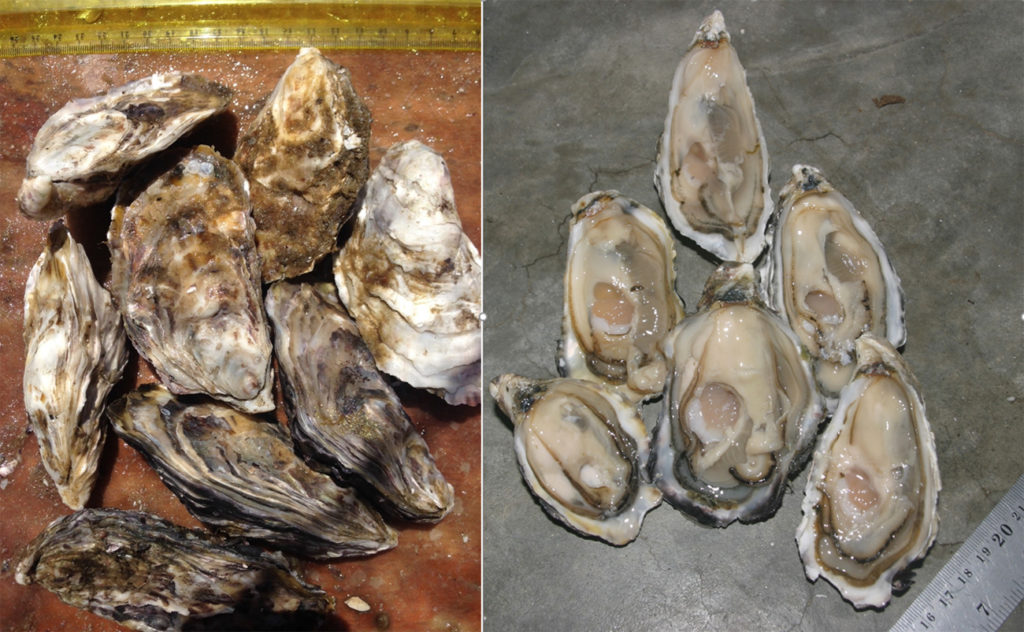
Intelligence
An emerging shellfish farming industry in Namibia
For shellfish farming in Namibia to continue expanding, industry must better comply with approved sanitation standards. The Namibian Shellfish Monitoring and Sanitation Program, currently in development, will help.

Responsibility
A look at integrated multi-trophic aquaculture
In integrated multi-trophic aquaculture, farmers combine the cultivation of fed species such as finfish or shrimp with extractive seaweeds, aquatic plants and shellfish and other invertebrates that recapture organic and inorganic particulate nutrients for their growth.

Aquafeeds
A look at phospholipids in aquafeeds
Phospholipids are the major constituents of cell membranes and are vital to the normal function of every cell and organ. The inclusion of phospholipids in aquafeeds ensures increased growth, better survival and stress resistance, and prevention of skeletal deformities of larval and juvenile stages of fish and shellfish species.
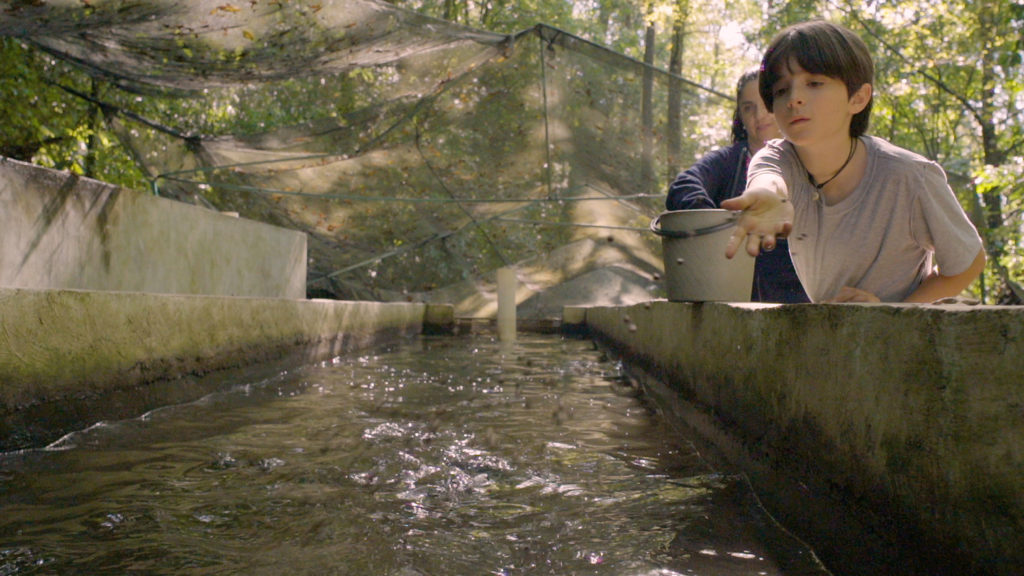
Intelligence
A motive, and a market, for farmed fish in Mexico
Boasting ample areas for aquaculture and a robust domestic demand for seafood – not to mention its close proximity to the U.S. market – a land of opportunity lies in Mexico. Fish farming is primed to meet its potential south of the border.



